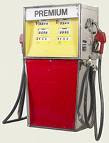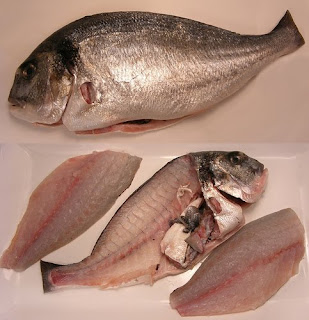Fuel Cost Affects Seafood

The rising cost of diesel is putting a real strain on many sectors of the seafood industry. Recent articles from all coasts, and overseas are highlighting the plight of fishermen as they struggle to make ends meet. More often than not the choice is to fish or not to fish. When the decision is how much money do I want to lose, it is sometimes better to just stay tied up. A visit to Long Island over a relatively calm weather weekend revealed docks with commercial boats, many with for sale signs. Even charters leaving from Crossbay, New York are making sure that they are completely booked before heading out. So with costs to fishermen up we are seeing dock prices start to skyrocket. That of course means that consumer costs will be steadily rising. The big question is how that affects overall purchases in the future. It could help some species by relieving pressures, but by what factor. And of course their is always someone willing to pay any price. In addition to fueling boats, the seafood industry will be affected by transportation costs. The perishable nature of fish requires a lot of just on time and less than full load trucking. This means that the cost to transport less available seafood stands to equal the same costs enjoyed in the past for larger quantities of product. All this information may seem obvious to some, but of course understanding doesn't always equal acceptance. End customer distributors, retailers, and food service establishments are tasked with surviving on ever narrowing margins. I have only talked about these fuel costs as they relate to wild caught product, but these and other factors are adding costs into aqua cultured products as well. Tilapia prices as an example have increased by 25% since this time last year.


Comments